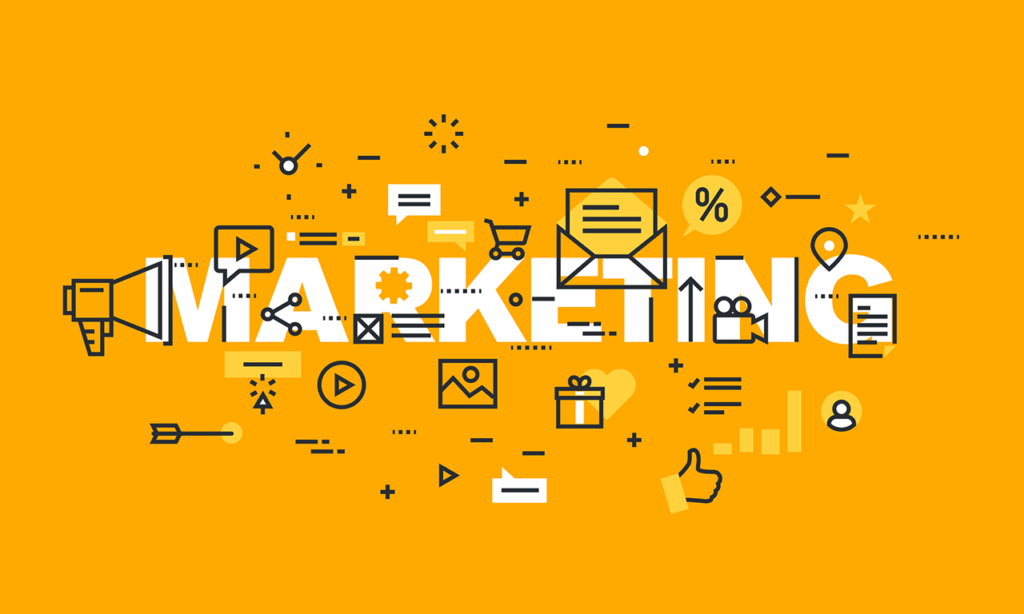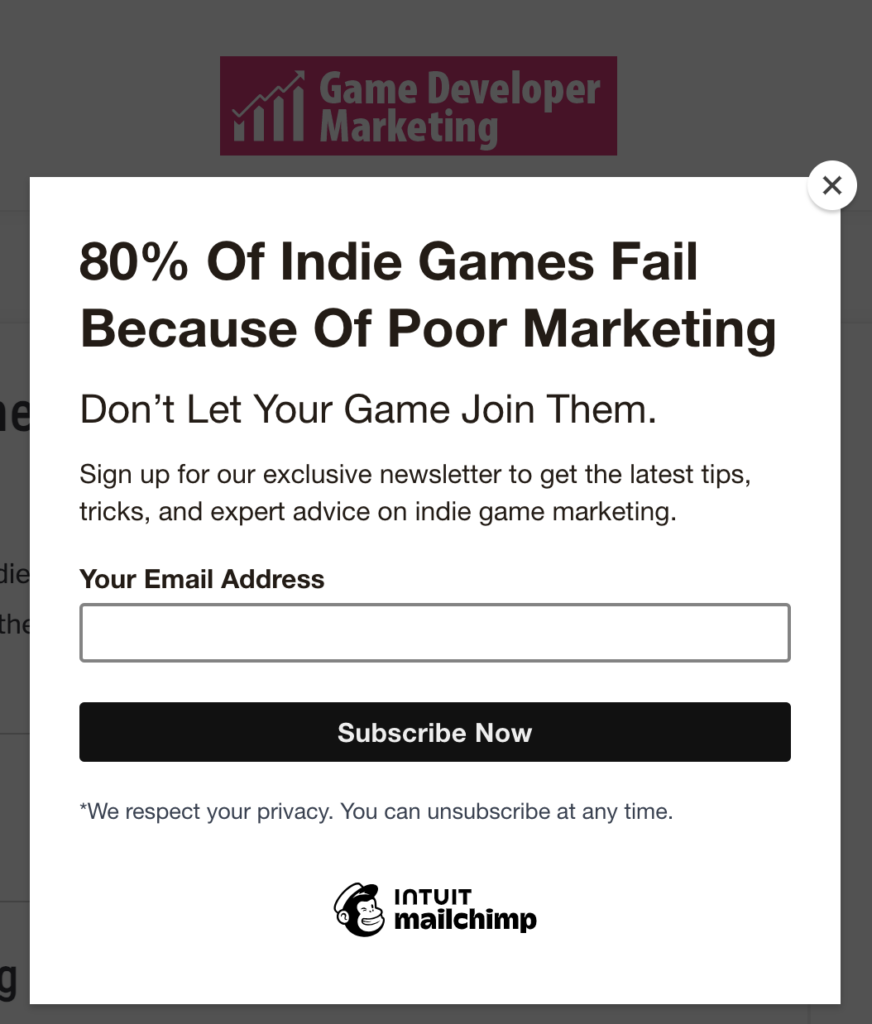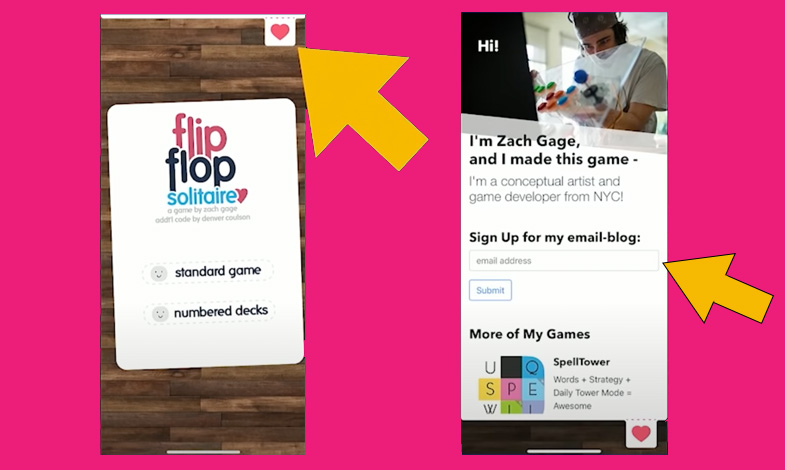Email marketing can be a great way to reach out to build an audience and promote your indie game. If you’re new to email marketing, this guide is for you.
- Why use email to market your game?
- Steps To Creating An Effective Email Campaign
- Decide On Your Goals
- Choose an Email Marketing Platform
- How To Build Your Email List
- Create Engaging Email Content
- Use Automation in Your Email Campaigns
- Analyze And Improve Your Results
- Avoid These Four Common Email Marketing Mistakes
- Summary

Why use email to market your game?
Email is a great way to build an audience for your game and keep them engaged during its development. With email, you also have the advantage of being able to reach a large number of people with minimal effort and at a low cost. Building your email list lets you directly communicate with interested people in your game – so it’s on your terms rather than through a third party like Steam.
If you’re still on the fence about email marketing, research by Litmus has found that, on average, email drives a Return on Investment of $36 for every $1 spent.
Steps To Creating An Effective Email Campaign
There are six critical steps to building an effective email marketing campaign for your indie game. They are:
1. Decide on your goals
2. Choose an Email Marketing Platform
3. Build your email list
4. Create engaging content
5. Automate your email campaign
6. Analyze and improve your results
Decide On Your Goals
The first step is to decide on your goals for the email campaign. Do you want to increase awareness of your game, generate more sales, or keep your existing audience engaged? Once you know what you want to achieve, you can start planning your campaign.
Choose an Email Marketing Platform
You can use many different platforms to send out your emails, such as MailChimp, Sendgrid, and Drip. Each one offers various features and price points, so it’s important to choose the right one for your needs.
If you’re new to email marketing, MailChimp is one of the most accessible platforms to start using. It’s also popular with marketers in many industries besides games.
If you’re more comfortable with email marketing, Drip can be an excellent option for building a highly engaged audience. This platform would work well if you’re game is in early access, and you want to gather feedback from players.
How To Build Your Email List
Step one is acquiring subscribers for your list if you’re starting your email marketing from scratch.
Acquire New Subscribers To Your List
There are several ways you can acquire subscribers for your email marketing list. Here are a few ideas to get you started:
Add A Signup Form To Your Website
Make it easy for visitors to your website to sign up for your email list by adding a signup form. You can use a tool like MailChimp to create a signup form and add it to your website.
There are a number of formats of email signup forms you can add to your website. One such example can be found on our very website – simply move your cursor to the top of the page, and you will see a screen with our email signup form. A pro tip is to use some compelling copywriting to explain the value of joining your email list.

Add A Signup Form To Your Existing Games
If you’re lucky enough to have a back catalogue of existing games already, it’s a great idea to add an email signup form to the home menu screen to connect with your existing audience.
A good example of this can be found in indie game developer Zach Gage’s 2019 GDC talk. Zach explains how he added a simple widget to the home screen of his existing back catalogue of games so fans can sign up for his email list.

Run social media ads
Social media platforms like Facebook and Twitter offer affordable advertising options to help you reach new people and grow your email list.
Partner with other indie developers
You can reach a new audience by partnering with other indie developers and promoting each other’s games to your respective email lists.
Hold A Contest Or Giveaway
Let’s be honest; people love free stuff! Hosting a contest or giveaway is a great way to entice people to sign up for your email list.
Activate Your New Subscribers
Once you’ve convinced someone to give you their email address, it’s time to provide them with a little payoff with a welcome email. The welcome email is the first step in activating new subscribers.
Your welcome email should introduce the subscriber to your game and give them a taste of what they can expect from your emails. It’s also an excellent opportunity to start building a relationship with your subscribers by asking them questions like how they found out about your game or their favourite games.
Retain Your Subscribers By Keeping Them Engaged
Once someone has joined and been active on your email marketing list for a while, keeping them engaged can be challenging, especially if your game is a long development project.
There are many ways you can keep your email subscribers engaged:
Send out regular updates
Send out regular updates about your game’s development. This could be a monthly newsletter or a quick update email every couple of weeks. Keeping your subscribers in the loop will help to keep them engaged and create a sense of loyalty and ownership.
Engage with your subscribers
You can engage with your subscribers directly by asking them questions, running polls or just starting a conversation. The more you interact with your audience, the more engaged they will be.
Offer exclusive content
Make your email subscribers feel special by offering them exclusive content they can’t get anywhere else. This could be anything from access to beta versions of your game to behind-the-scenes content or even just discounts on in-game purchases.
Grow Your List With Referrals
Once you have an engaged email audience, you should grow your list using referrals. The most effective way is to offer an incentive.
For example, you could offer your existing subscribers a discount on in-game purchases if they refer a friend who signs up for your email list. You could also offer exclusive content to subscribers who refer friends. This could be anything from access to beta versions of your game to behind-the-scenes content. Either way, offering incentives will help you grow your email list via referrals.
Create Engaging Email Content
It’s not enough to have a list of email subscribers; you must create engaging emails that people will open, read, and keep coming back for more.
If you’re new to email marketing, this may sound like a daunting task, but the basics are simple to grasp. Here are our top tips for making your emails stand out:
- Make sure your subject line is catchy and to the point
- Write engaging and interesting content
- Use images, videos or infographics to break up the text
- Keep your emails short and sweet
- Always include a CTA (Call To Action), e.g. “Wishlist now on Steam.”
- Personalize your emails as much as possible
- Make sure your emails are mobile-friendly
We’ve kept this list brief because we don’t want you to overthink your content too much. My biggest tip is to ensure you send a test email to check it’s OK before sending it to everyone. Getting a second pair of eyes to proofread your text is always a good idea to avoid sending silly typos.
Use Automation in Your Email Campaigns
Savvy marketers use automation to scale their campaigns and still provide a personalized experience to their subscribers. Although it can be a little effort to set up, automation can provide value long after it’s set up.
One of the most common automation tasks for email campaigns is sending a welcome email when someone subscribes to your list. Most email marketing providers will help you do this will a few clicks.
You can also run automation to provide subscribers with a personalized experience. For example, when a subscriber clicks through to a CTA (Call To Action) in your email, you can automatically send a follow-up email later, which is relevant.
Analyze And Improve Your Results
To analyze the results of your email marketing campaign, you need to track a few key metrics. These include:
- Open rate: This is the percentage of people who open your emails. A high open rate means that your subscribers are engaged and interested in what you have to say.
- Click-through rate: This is the percentage of people who click on links in your email. A high click-through rate indicates that your subscribers are interested in your content and are taking action.
- Unsubscribe rate: This is the percentage of people who unsubscribe from your email list. A high unsubscribe rate could indicate that your content is not relevant to your audience or that they are not interested in your game.
- Bounce rate: This is the percentage of people who do not receive your emails due to an error. A high bounce rate could indicate that your email list is outdated or that you are using an incorrect email address.
Tracking these metrics lets you see how your email marketing campaign performs and improve accordingly.
What Is A Good Open Or Click-through Rate?
If you’re wondering what a good open rate or click-through rate is for emails promoting games, MailChimp has the following benchmark statistics for games. You can use these as a rough guide of what to aim for in your email campaigns.
| Industry | Average Open Rate | Average Click Rate | Unsubscribe Rate |
| Games | 21.10% | 3.66% | 0.25% |
Avoid These Four Common Email Marketing Mistakes
Writing Poor Subject Lines
Believe it or not, your email subject line is the most important part of any successful email campaign. The subject line is equivalent to the headline in a print advertisement in a magazine or billboard. In the words of David Ogilvy, one of the godfathers of 20th-century advertising:
“On the average, five times as many people read the headline as read the body copy. When you have written your headline, you have spent eighty cents out of your dollar.”
David Ogilvy, Advertiser
So, make sure you spend your time wisely by crafting a great headline people will be burning to open and read.
Research from HubSpot found that the most effective email subject lines; engage curiosity, including promotional offers, or are personalized to each recipient’s interests. The best way to do this is to write headlines that connect with people on an emotional level. To test out your headlines, check out this great free headline analyser tool from the Advertising Institute. The headline analyser tool shows you how well your subject line connects with people on an intellectual, Empathetic, or Spiritual level.
Sending Too Many Emails
Don’t bombard your subscribers with too many emails. If you’re sending out more than one email a week, you’re probably sending too many. Sending too many emails lead to lower open rates and more people unsubscribing. Sending emails once per month will be enough in most cases.
According to research by Databox, the most common sending frequency among marketers was weekly. The research goes on to say, “sending weekly emails in most cases has driven the highest return on investment.”
If weekly emails sound like a big commitment, the same research from Databox also had something interesting to say about monthly emails. Research participants explained that monthly emails allow them “to be present in the inbox of our subscribers, but not to overload them to a point of clicking unsubscribe.”
Not Personalizing Your Emails
Email personalisation is about treating subscribers as individuals and tailoring your message to them. Email subject lines which use the subscriber’s name are 26% more likely to be opened, according to Campaign Monitor.
“A person’s name is to that person the sweetest and most important sound in any language”.
Dale Carnegie – Author, Communicator
Personalising emails may sound like a lot of work, but email marketing tools do most of the work for you. This can be achieved by using merge tags and segmenting your list based on your subscriber’s interests, behaviours, and demographics.
Using The Subscriber’s Name
The first step of creating individually personalised emails for your subscribers is using their names. This can be achieved using merge tags to display information used when someone subscribed, such as their name, gender, or date of birth.
Tailored Email Messages
Creating tailored email messages can be achieved by segmenting your email list using the information provided during opt-in such as location, age, and gender. You can also segment based on previous actions, such as email opens or click-throughs on CTAs.
Not Having A Clear Call To Action
Your emails should always have a clear Call to Action (CTA) telling the subscriber what you want them to do. This could be anything from visiting your website to wishlist your game on Steam.
Here are 5 quick tips for writing persuasive CTAs:
- Be clear and concise about what you want your subscriber to do.
- Start with a command verb such as: “Download”, “Watch”, “Subscribe”, or “Wishlist.”
- Create a sense of urgency, e.g. “free weekend”, “24 hours only”, or “download today.”
- Use emotional words, e.g. “join the tribe”, – which speaks to a sense of belonging.
- Spark a sense of curiosity, e.g. “see what all the fuss is about.”
The above tips can be used individually or in any combination.
Summary
Email marketing can be a great way to market your indie game. However, it’s important to avoid common mistakes such as sending too many emails, not personalizing your emails, and not having a clear call to action. By following the tips in this article, you can create a successful email marketing campaign to help you achieve more game sales.
If you liked this article and would like more valuable and practical marketing information, please consider joining our mailing list, so you don’t miss out on future articles.
